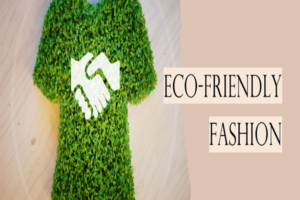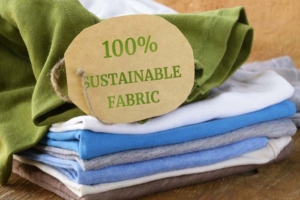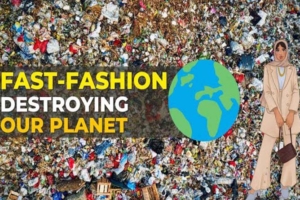Paving the Way Towards a Greener Wardrobe
In recent years, sustainable fashion has emerged as a powerful movement, advocating for more responsible and ethical practices in the fashion industry. It represents a paradigm shift from the rampant consumerism and environmental degradation associated with “fast fashion” to a more conscientious and environmentally-friendly approach to clothing. This section delves into the core principles and practices of sustainable fashion, shedding light on the key aspects that define this transformative movement.


Paving the Way Towards a Greener Wardrobe
One of the pillars of sustainable fashion is the choice of materials. Unlike conventional fashion, which often relies on resource-intensive and polluting fabrics, sustainable fashion places a strong emphasis on eco-friendly materials. This includes organic cotton, hemp, bamboo, and recycled fibers. These materials are not only gentler on the environment but also promote sustainable farming and manufacturing practices. Sustainable materials reduce the carbon footprint and water consumption, addressing the ecological impact of clothing production.
Ethical Production
Ethical production is another crucial facet of sustainable fashion. It involves fair labor practices, safe working conditions, and a commitment to workers’ rights. Sustainable fashion brands ensure that the individuals involved in the production process are treated with respect and paid a fair wage. This human-centric approach aims to end the exploitative labor practices that are prevalent in fast fashion, where many workers suffer from unsafe working conditions and low pay. Ethical production not only respects the rights of workers but also fosters a sense of social responsibility within the fashion industry.


The Impact of Fast Fashion
Fast fashion, characterized by its rapid production cycles and low prices, has garnered immense popularity in recent decades. However, it comes at a staggering environmental cost. Sustainable fashion recognizes and addresses the consequences of the fast fashion model, which include excessive waste, pollution, and overconsumption. The rapid turnover of clothing contributes to immense landfill waste, and the production process involves harmful chemicals and vast amounts of water. By highlighting the detrimental effects of fast fashion, sustainable fashion aims to encourage consumers to make more thoughtful and less wasteful choices.
Conclusion
In conclusion, sustainable fashion represents a shift towards a more conscious and responsible approach to clothing. It encompasses eco-friendly materials, ethical production practices, and a critical evaluation of the impact of fast fashion on our environment. By embracing these principles and practices, we can all play a part in reducing the fashion industry’s environmental footprint and moving towards a more sustainable and ethical future for our wardrobes.


